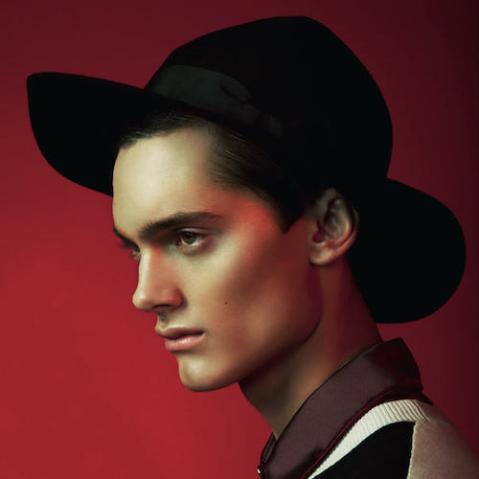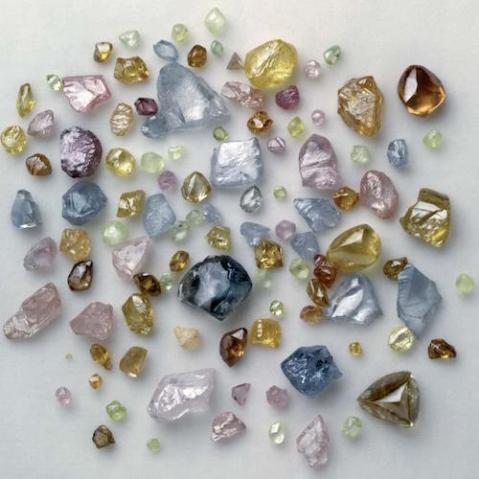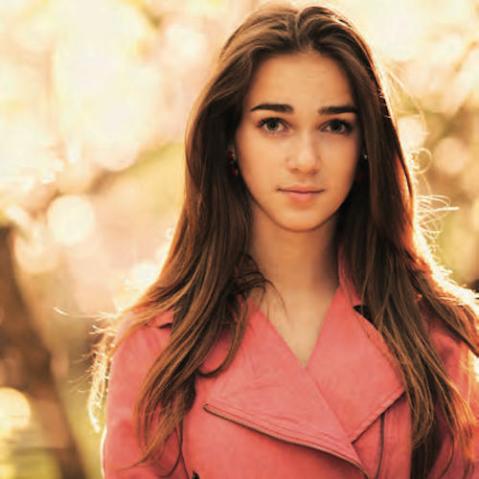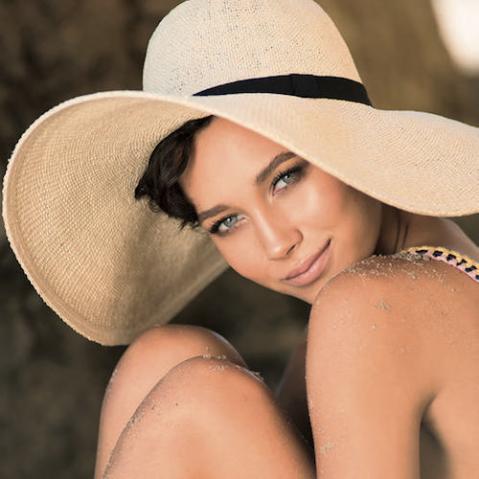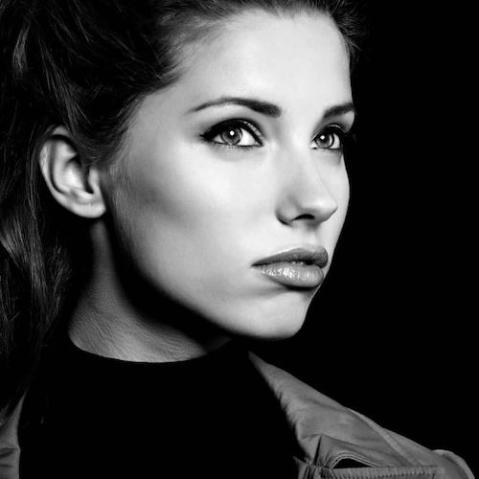Flash and full-length portraits
Taking pictures of the full length of a person’s body can be more problematic than it sounds.

If they’re stood by a window then the chances are that their face will be lit better than their thighs, and certainly better than their feet. If you move them away from the window the light starts to even out but gets weaker, and may not be good enough to get the image you want.
Doorways are a good solution in that the light will usually be consistent down their length, however, if you are shooting from outside then you’ll end up with flat light that may not add drama or interest to the image. This is where flash can be your friend and saviour when working indoors.
This applies even more to small flash, because you can use the small flash with a wide open aperture to throw any cluttered background into a diffused abstract which frames the subject nicely.
When considering a full-length image using flash as a main light then you have to take into account not just the light on the subject, but where their shadow will fall. If you get the light placement wrong then the shadow will be very visible behind them and can become a major distraction to the image. However, a little thought and you can use it to your advantage.

This image was a challenge in blending all manner of ambient light and eliminating shadow. The DJ had put together a fantastic light show for this wedding which had patterns projected across the floor, lights on the walls, and the star-studded cloth behind the top table. The exposure was set so that they registered in the image and then set the flash to TTL -0.3 to light the bride. To prevent her shadow to fall across the floor lighting, the flash was positioned on the same axis as her nose and a little higher than her, so that the shadow was blocked by her body.

Having looked at an example of eliminating shadow it’s worth looking at one where it is emphasised. Here the angular pose was echoed in the shadow on the wall behind the model. By placing the light above her, as if it had been on the same level or below her, the shadow would have been raised and looked more like a scene from a film noir or horror movie. The exposure was set to eliminate much of the ambient light and the flash gridded to give that pool effect on the backdrop. At ISO 800 this gave 1/30 sec at ƒ/2.8. This was just enough to freeze the motion of the lights on the floor and handhold without blur.

Here is another use of bounce flash. In this instance the aim was to capture the model walking down the stairs. The staircase was dark although there was a window behind the photographer that allowed a little natural light in. Bouncing the flash from the ceiling would have lost the light in the large void above the photographer. If it’d’ve been bounced from the walls it would have produced unnatural shadows, given the natural light coming in behind the photographer. So the solution was to turn the flash head all the way around and bounce it off the window behind the photographer. Despite the glass being see-through it still bounces flash light and that is what is providing the majority of the light in the image. The wall light at the bottom of the stairs produces a nice focal point for the eye and twinkles in the image, although it is not contributing light to that on the subject.

The aim for this picture was an even light across the couple. There was a small window to camera right that was allowing a little light in, but it meant that her feet were brighter than anything else in the image and he was very dark. By metering for the light coming through the window, the overall image looked natural and not ‘flashed.’ The flash was pointed towards the ceiling, set to TTL -0.7, for the photo. The resulting image has its shadows produced by the natural light, but is lifted overall by the flash bounced from the ceiling. Had the flash been pointed straight at them it would have destroyed the delicate shadows on their faces.

This image started life with the splash of light on the back wall coming from sunlight shining through a slatted window. The exposure was set to capture the pattern on the wall: a shutter speed of 1/125 sec at ƒ/3.2, ISO 200. Olivia, the model, stood so that she was at the end of the pattern. Unfortunately that meant she was in darkness, so flash was essential. One flash unit was positioned to the photographer’s left, placing quite a hard light on the model, but no hard shadow on the back wall. You can see this position from the pattern of highlights and shadow on her body and the floor. The flash was in TTL mode. The height of the flash was roughly in line with her middle and turned the head so it was in portrait orientation. This meant that the light spread equally from top to bottom across her body.
Learn more about light and lighting techniques using just one flash in John Denton and Adam Duckworth’s One Light Flash. The external flash unit is one of the most versatile, but probably under-used tools an amateur photographer has. With dedicated sections covering equipment, indoor and outdoor lighting, post production, and case studies that cover in depth lighting situations for different genres such as wedding, fashion, lifestyle, and boudoir, One Light Flash aims to show you how the first flash you buy may be the last you ever need.
 One Light Flash
One Light Flash
John Denton and Adam Duckworth
Buy it now!
RRP for print edition: £17.99

